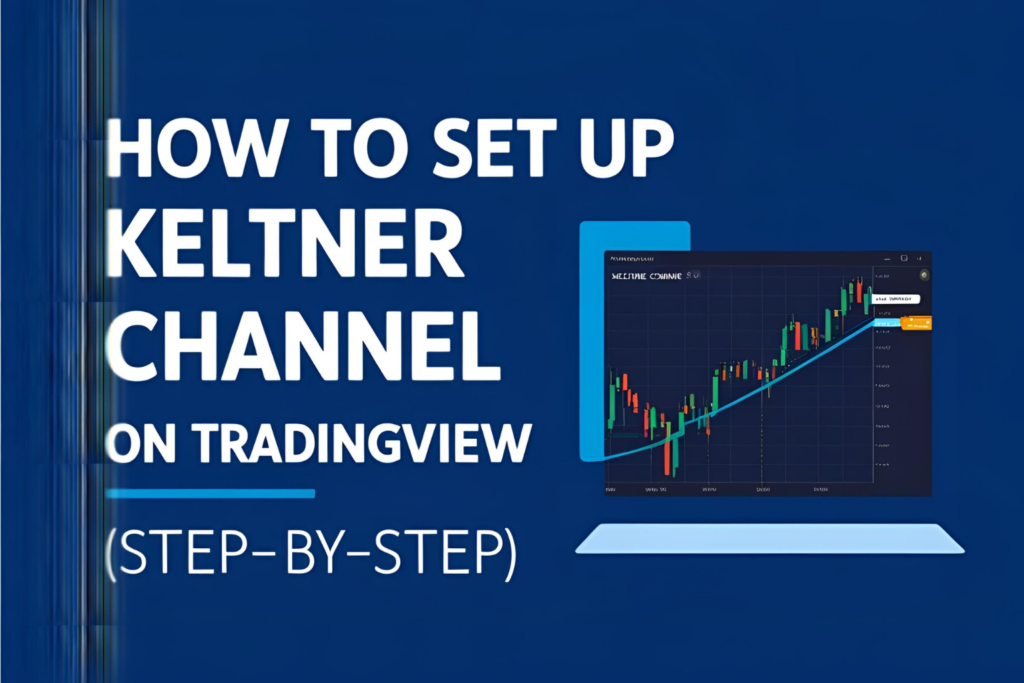The Keltner Channel is a popular technical indicator, but like any tool, its effectiveness depends on how it’s used. Many traders apply it incorrectly or rely on it in the wrong context—leading to false signals, missed trades, and poor risk management.
Here are the most common Keltner Channel mistakes traders make and how to avoid them.
1. Using It Without a Confirming Indicator
Mistake: Taking trades based only on Keltner Channel band touches or breaks.
Fix: Always confirm with another indicator like RSI, MACD, or volume spikes to filter low-probability setups.
2. Applying It in Ranging Markets
Mistake: Using Keltner Channels during sideways or choppy price action.
Fix: The Keltner Channel performs best in trending markets. Use range-bound indicators (like Bollinger Bands or RSI divergence) when the market lacks direction.
3. Ignoring the Middle Line (EMA)
Mistake: Only watching upper and lower bands and forgetting the center EMA.
Fix: The middle EMA line is a crucial dynamic trend guide. Use it to spot pullbacks, re-entries, and overall direction.
4. Not Adjusting the Multiplier
Mistake: Using the default multiplier in all conditions without testing.
Fix: Tailor the multiplier based on asset volatility and your trading style. For example:
- Use 1.5 for scalping
- Use 2.0+ for swing trading
5. Entering Too Early on Breakouts
Mistake: Jumping into a trade on the first candle that touches or breaks the band.
Fix: Wait for a strong candle close outside the band or confirmation from price action and volume.
6. Setting Stops Too Tight
Mistake: Placing stop-loss orders inside or near the Keltner bands.
Fix: Place stops outside the opposite band or beyond the recent swing high/low. The bands help define logical support/resistance levels.
7. Using the Same Settings for All Timeframes
Mistake: Applying identical settings for 1-minute and daily charts.
Fix: Adjust EMA, ATR length, and multiplier based on the chart timeframe. Shorter timeframes need faster settings; higher timeframes need more smoothing.
Final Thoughts
The Keltner Channel is a highly effective indicator when used correctly. Avoiding these common mistakes will help you reduce noise, avoid fakeouts, and improve trade accuracy. Combine the channel with smart confirmation tools, solid trade plans, and proper risk management for optimal results.
FAQs
1. Should I use Keltner Channel alone?
It’s better to combine it with at least one momentum or volume-based indicator for confirmation.
2. Is the default setting always effective?
No. It’s just a starting point. You should backtest and adjust it to suit your asset and timeframe.
3. Can I use Keltner Channel for crypto?
Yes. Just be sure to widen the multiplier for high-volatility pairs.
4. What causes most false signals with this indicator?
False breakouts often occur when using it in low-volatility or sideways markets.
5. How do I know if the market is trending?
Use the channel slope and price location relative to the EMA. Combine with ADX or MACD for added confirmation.



